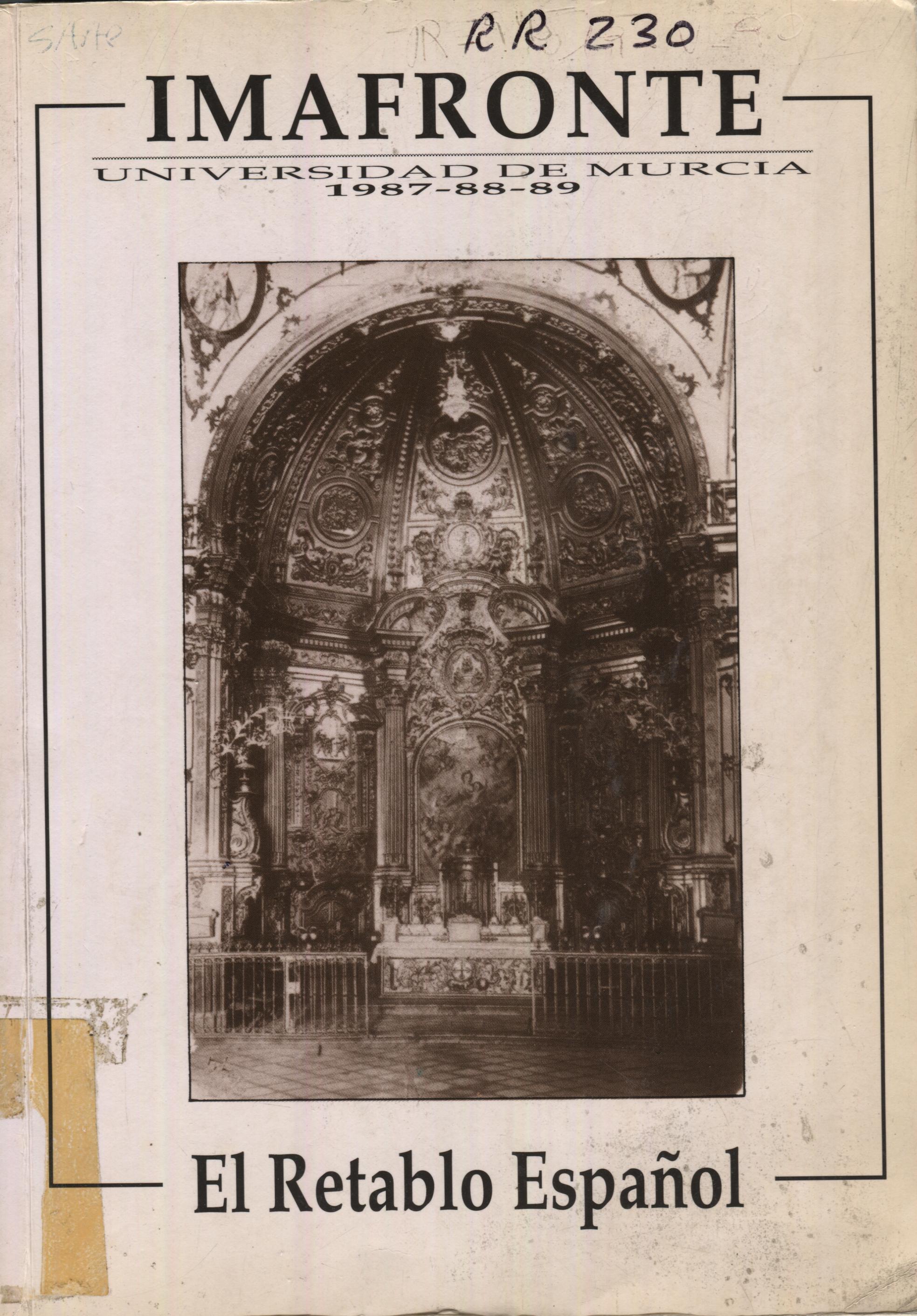AVANCE DE UNA TIPOLOGÍA DEL RETABLO BARROCO
Resumen
The Hispanic Baroque has one of its main exhibitions in the retable, to which scholars are paying an increasing attention. This paper outlines the study of the typology or order of the whole. artending first to such important elements as the tabernacle and the manifestador [manifester, exhibitor], i.e. the Eucharisric core, both having a main significance during the baroque rima, beside the special effects of the transparents. We continue with the analysis of the structural tipology, with a starting point in the rerable of El Escorial and other models in the palladian line which one devoloped mainly in the frame-retable (this type will produce very baroque creations). From the middle of the XVIIth century onwards, there is a turn to the primacy of an only order, also advancing to the irlerease of the bench and to the use of revisted columns. This type of an only order and with semicircular attic or rop is the commonest in Spain, though there exists a logical range of variations. Furthermore. the retable may apperit hacked against a right wall, but also against curved or polygonal presbytey, to cover in completely up to the vault and to form a concave structure with a shell crown which defines the typical riche-rerable. The tendency in the tabole is to stress the central part, which constitutes the agglutinating element of the structure, though there still persist several bodies. This the priority. is given to the titular image's niche. After the structural typology in follows an analysis of the typology of contents, with definitions of the reliquary-. rosay-, and painting support-, retables, and the big transparernts. Finally, we study the baldachin and its variations: exent baldachins. not exent ones. baldachin- retable and half baldachin.Descargas
-
Resumen948
-
PDF589
Las obras que se publican en esta revista están sujetas a los siguientes términos:
1. Los autores ceden de forma no exclusiva a la revista los derechos de explotación (reproducción, distribución, comunicación y transformación).
2. Las obras que se publican en esta revista están sujetas a la licencia Attribution-ShareAlike 4.0 International (CC By SA 4.0). Por lo que se pueden copiar, usar, difundir, transmitir y exponer públicamente, siempre que:
i) se cite la autoría y la fuente original de su publicación (revista, editorial y URL de la obra), permitiendo así su reconocimiento.
ii) se permite remezclar, transfromar o crear a partir del material mientras se mantenga la misma licencia del original.
3. Condiciones de auto-archivo. Se permite y se anima a los autores a difundir electrónicamente las versiones pre-print (versión antes de ser evaluada) y/o post-print (versión evaluada y aceptada para su publicación) de sus obras antes de su publicación, ya que favorece su circulación y difusión más temprana y con ello un posible aumento en su citación y alcance entre la comunidad académica. Color RoMEO: verde.
























